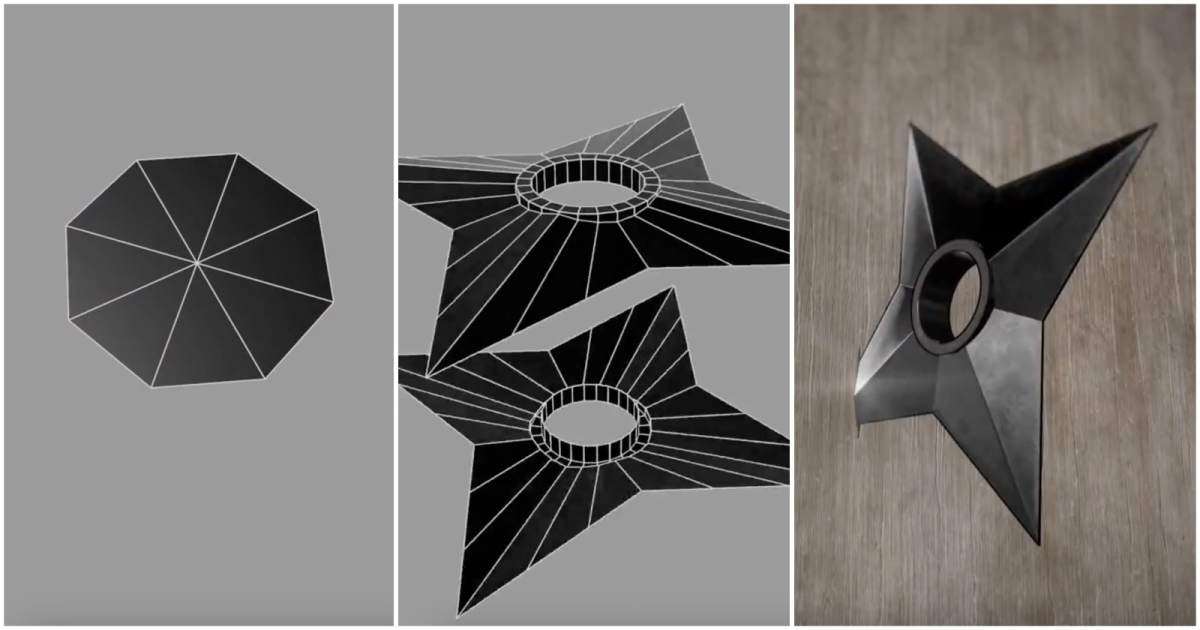
There Is a New, Third Category of Magnet and it Could Boost Computer Memory
www.discovermagazine.com
We tend to think of magnets as binary. Batteries have positive and negative ends. Compasses point north and south. And, until late last year, there were two kinds of magnetism: ferromagnetism and antiferromagnetism.Late in 2024, scientists discovered a third kind: altermagnetism. This class of magnetism which has some characteristics of the other two could greatly increase computer memory storage, and, in doing so, also save on both energy and rare earth materials. It could also boost the quest for superconductivity.A New Kind of MagnetismIt was only a theoretical concept in 2019, after researchers at Johannes Gutenberg University Mainz (JGU) in Germany came across a result that couldnt be explained by the two legacy types of magnetism. Experiments by the JGU group, with contributions from University of Nottingham researcher in England, and others, nailed down the third class as a legitimate form of magnetism in 2024. Subsequently more than 200 materials have been found to possess altermagnetic properties.Although the theory behind how it works and what it can do are somewhere one the continuum of esoteric and complicated (it touches on quantum mechanics and spintronics, among other concepts), the practical applications are so promising and profound that the journal Science named it the top physics find of 2024.The Different Kinds of MagnetismBut before we get too deep into the breakthrough, lets break down how all three forms of magnetism work and what are eachs strong and weak points:Ferromagnetism This is the old school understanding of magnetism that goes back at least as far as the ancient Greeks and that most of us learned about in elementary school. It works by aligning all magnetic movements in one direction. This form is great for holding computer information, but not so stable; a magnet could easily wipe out a hard drive, for instance.Antiferomagnetism As the prefix suggests, this form acts in the opposite way. It uses alternating checkerboard alignments. This uneven distribution of energy direction makes it a bad system for storage but, unlike its opposite, is extremely stable.Altermagnetism In terms of properties and mechanisms, it sits between the other two. Like antiferromagnetism, altermagnetic energy is distributed in a checkerboard pattern but with a twist. Each energy unit is literally twisted, rather than linear. The electrons all spin uniformly in that twisted direction."Altermagnets combine the advantages of ferromagnets and antiferromagnets, explained Hans-Joachim Elmers, JGU physicist and an author of the study, said in a press release.Their neighboring magnetic moments are always antiparallel to each other, as in antiferromagnets, so there is no macroscopic magnetic effect, but, at the same time, they exhibit a spin-polarized current just like ferromagnets, said Elmers. A Happy HybridProving this result was no easy task. It required an international team of scientists to perform, then combine experiments using multiple kinds of imaging techniques. Among them was Alfred Dal Din, a graduate student at the University of Nottingham. He considers himself fortunate to witness a major discovery while working on his Ph.D.To be amongst the first to see the effect and properties of this promising new class of magnetic materials during my Ph.D. has been an immensely rewarding and challenging privilege, Din said in a news release. Article SourcesOur writers at Discovermagazine.com use peer-reviewed studies and high-quality sources for our articles, and our editors review for scientific accuracy and editorial standards. Review the sources used below for this article:Physical Review Journals. Emerging Research Landscape of AltermagnetismJohannes Gutenberg-Universitt Mainz. Science lists the discovery of altermagnetism as scientific breakthrough in physics in 2024Before joining Discover Magazine, Paul Smaglik spent over 20 years as a science journalist, specializing in U.S. life science policy and global scientific career issues. He began his career in newspapers, but switched to scientific magazines. His work has appeared in publications including Science News, Science, Nature, and Scientific American.
0 Comments
·0 Shares
·128 Views









